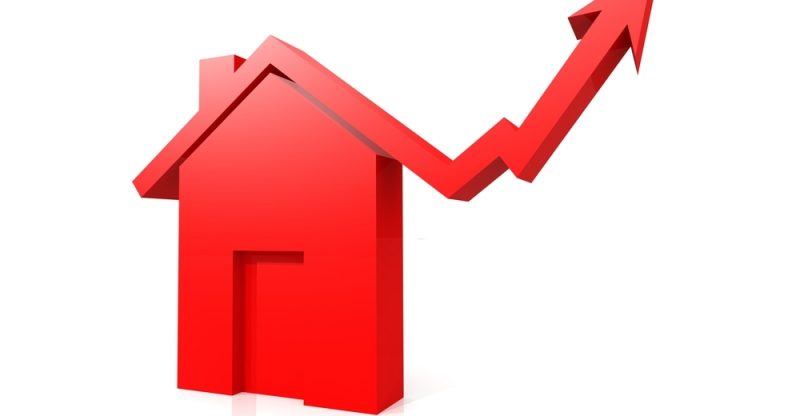Encouraging Forecasts For Saskatchewan And Alberta For This Year
According to the Conference Board of Canada, Saskatchewan and Alberta are confident to take the lead in the whole of Canada in the increase of provincial economic growth this year. The Board noted in the “Provincial Outlook: Spring 2017” current report that it notices a positive trend for both provinces, where there has been a comparative sedate growth in the housing market and housing activity in the previous recent quarters. The real GDP in Alberta is expected to increase this year by 3.3 per cent.
Associate director (provincial forecast) of the Conference Board of Canada, Marie-Christine Bernard said; “The difficulties in the resources sector are slowly dissipating and helping Alberta and Saskatchewan emerge out of recession. However, the turnaround is still in its early stages and a full recovery will take time. Economic prospects are also improving across the country, but continued weakness in business investment—both in and out of the resources sector—could hurt economic growth in all provinces down the road.”
The Board described; “Alberta’s economy is expected to outperform all provinces and grow by 3.3 per cent this year. Non-conventional oil production in the province will see a big increase this year thanks to new capacity coming online, while energy investment is expected to make a comeback this year and next. Outside of the energy sector, Alberta is benefiting from improvements in labour markets, consumer demand, and the housing sector. A bright outlook for the province’s manufacturing sector as a result of the new Sturgeon refinery, along with the rebuilding efforts in Fort McMurray, will also contribute to Alberta’s strong economic growth this year.”
In the meantime, British Columbia and Saskatchewan will draw as the provinces with the second fastest growth in economy this year at 2.5 per cent. It was also stated by the Board; “Saskatchewan’s economy is on a more solid foundation than it was one year ago. The energy outlook is more positive as drilling bounced back last winter and oil production is expected to increase at a good pace over the near term. As well, adaptation to the low-oil-price environment has led to growing investment into cost-effective thermal extraction technology, which will provide a significant boost to construction over the next three years. The province’s labour markets are also starting to turn around, boosting growth in household spending.”





